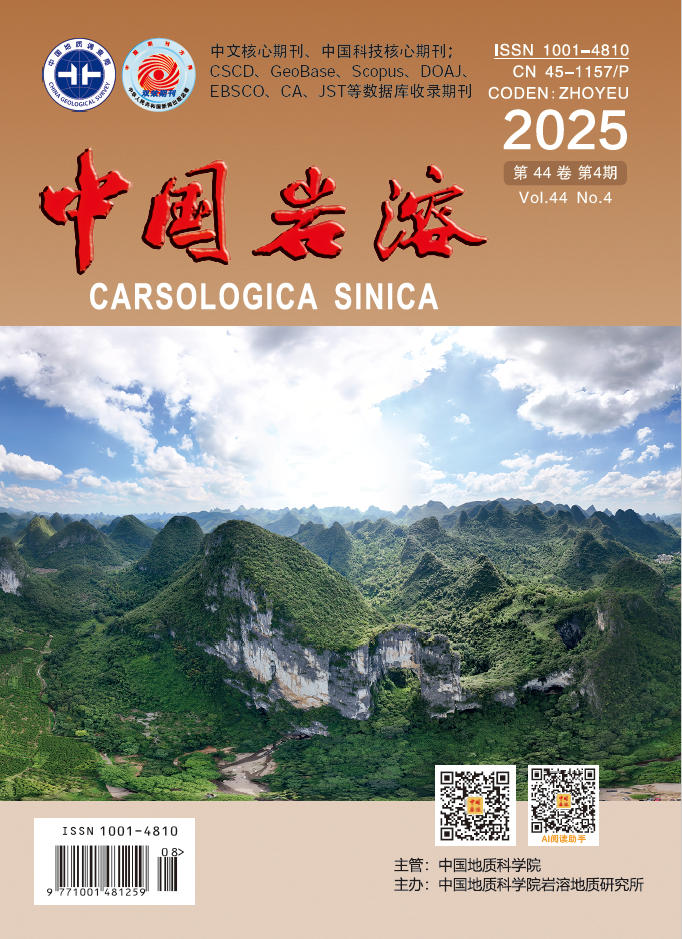All the papers shall be submitted via the online submission system and then will be sent for strict double-blind peer-review by different specialties to the editorial board and experts organized by deputy editors in chief. The papers must be prepared strictly in accordance with the academic norms and format requirements of the Journal.
Peer Review Processes
The manuscript processing process includes the stages of submission, manuscript review and revision, and typesetting and proofreading.
1. Submission
Prepare the manuscript in accordance with the submission guidelines, read and agree to the academic ethics statement and copyright agreement, complete the relevant information of the manuscript through the submission system, and submit the manuscript.
2. Manuscript review and revision
(1) Preliminary review. After receiving the manuscript, the editorial department will conduct a preliminary review of the manuscript within 15 working days, including the manuscript for academic misconduct detection, and send a notice of revision or rejection based on the manuscript. The manuscripts that pass the preliminary review are transferred to the peer review stage.
The main content of the preliminary review includes: whether the manuscript meets the journal's purpose, reporting direction and the needs of the main readers; preliminary judgment of the content quality and publication value of the manuscript; check whether the manuscript meets the requirements of the journal's writing specifications (see the submission template for details) .
(2) Peer review. After the manuscript passed the preliminary review, the editorial department sent the manuscript to two reviewers with similar research directions to the manuscript for blind review. When selecting review experts, in principle, review experts in the same unit as the author will be avoided. The peer review period is generally 1 to 2 months. When the reviewing opinions returned by the reviewing experts are inconsistent (that is, one reviewing expert agrees to publish, and another reviewing expert recommends to reject the manuscript), the third expert will usually be sent to review again, and sometimes the editor-in-chief may decide to accept or reject the manuscript. The content of the external review includes: article topic selection, scientific significance and application value, academic level, originality, innovation, content organization and expression, etc.
(3) Modification by the author. The external review comments will be returned to the author within 3 working days. If the manuscript needs to be revised, the author of the manuscript must upload the revised manuscript, revision description and other necessary attachments within 20 working days of receiving the notification, otherwise it will be rejected Treated as retracted. If there are special circumstances, please contact the editorial department in time.
(4) Final review. After the author returns the revised manuscript, the editor-in-chief will adopt, re-review or reject the manuscript based on the opinions of the first review, peer review and the author's revision.
3. Typesetting and proofreading
After the author receives the proof to be confirmed, please complete the confirmation within 3 working days.
Policy on plagiarism
This journal currently uses the CNKI academic misconduct detection system AMLC (http://check.cnki.net/amlc2/) for academic misconduct detection. We will conduct related investigations on the suspicious issues detected by the software. If plagiarism and other academic issues are found for misconduct, the relevant manuscript will be returned; if academic misconduct is found in the article after publication, the published article will be withdrawn, and the author unit and related institutions will be notified.
Responsibility of Reviewers
1. Reviewing experts should conduct review objectively and impartially based on their experience and knowledge. If it is not convenient for review due to conflicts of interest, they should take the initiative to avoid and inform the editorial department to select other reviewers.
2. After the review experts accept the review, they should generally complete the review within 2 months. If the review cannot be completed on time, they should inform the editorial department or recommend other suitable experts to the editorial department for review.
3. Reviewers should evaluate the academic level of the manuscript, point out its theoretical significance and engineering application value, whether there is any innovation in the content, and clearly indicate whether it can be published. For manuscripts that are basically publishable, specific revisions (including diagrams, formulas, data, etc.) should be put forward as far as possible where they need to be revised. For manuscripts that have not reached the publication level but have merits, specific revision opinions should be put forward, indicating the materials that need to be supplemented or the diagrams that can be deleted, so that the author can modify or rewrite. For manuscripts that are not suitable for publication, the problem should be specified, and the direction of further research and the reference materials should be proposed.
4. If reviewers find errors in opinions, forged data, repeated publications or plagiarism in the manuscript, they should clearly point out in the review comments and provide timely feedback to the editorial department.
5. Reviewers should maintain the confidentiality of the content of the reviewed manuscripts, should not use the content of the reviewed manuscripts improperly, and should not deliberately delay reviewing manuscripts for competitive purposes.







